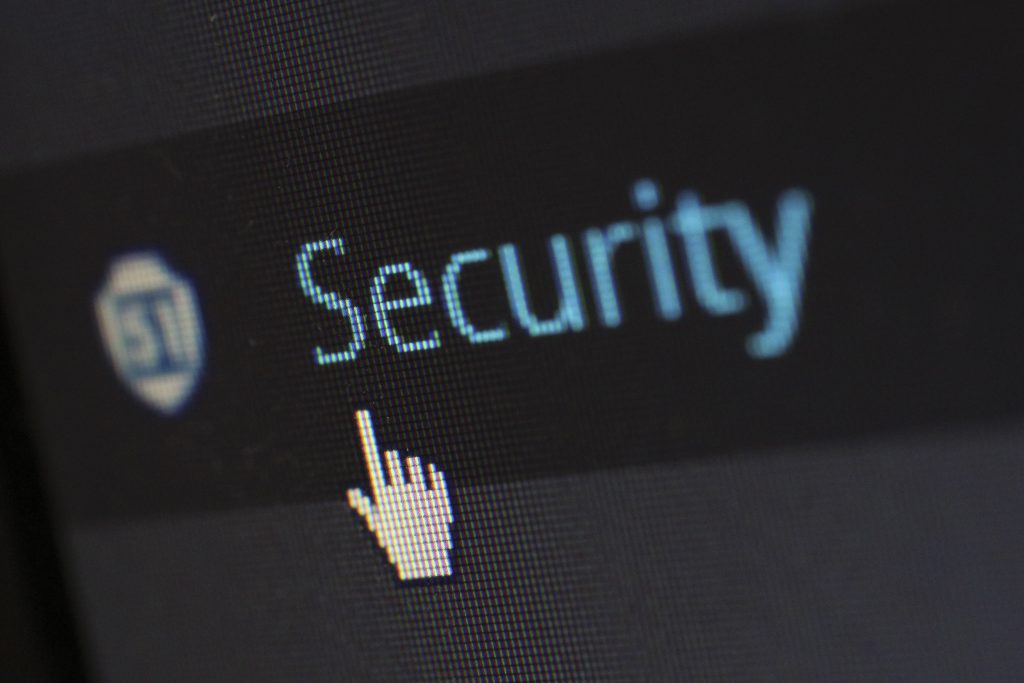Why You Need Multi-Factor Authentification
Cybercrime is on the rise; more than 1.6 billion personal data records were breached in 2019 alone. According to a Gallup survey, American citizens are now more concerned about online crime than violent crime.

In today’s world, cybercriminals are much more innovative and sophisticated than most modern cybersecurity solutions. Hackers often work in teams to breach confidential data and use various tools and techniques to circumvent standard data security practices.
For decades, passwords have played an essential role in securing online communications. Unfortunately, passwords are not perfect. As a result, we cannot rely on passwords alone for security because cyberattacks are succeeding in spite of them. In other words, we should not only rely on passwords to log into our online accounts and use multifactor authentication instead.
Therefore, multifactor authentication helps you protect your business against today’s cyber threats. So, what is multifactor authentication and can it replace passwords entirely?
Authentication Factors – what are they?
An authentication factor is a standard used to verify someone’s identity online. Authentication factors are especially useful when your business seeks to ensure that hackers cannot log into your systems.
To foolproof your accounts, the following factors are commonly used:
- A password, PIN, username, or pattern that you set
- One-time-password (OTP) devices, e-identifiers, mobile phones, or physical keys
- A biometric signature, such as your fingerprints, voice or face recognition
- Location and time factors
To ensure the security of your accounts, security experts recommend that you use the 1Password username generator to create a unique username each time you log in. Doing this will help ensure that your accounts are safe from potential hackers.
Why Multifactor Authentication is Necessary
Large and small businesses, as well as individuals who use smart devices daily, have become more aware of the importance of multi-factor authentication (or MFA). It adds a layer of protection to password protection, making it harder for cybercriminals to access private information or penetrate corporate networks.
Authentication factors serve as credentials for verifying the authenticity of individuals, entities, or systems. When enabled, the multifactor authentication asks for multiple credentials to grant access to restricted systems.
Security breaches, including one that occurred at Facebook in 2018, exposing more than 50 million users’ personal information, prompted companies to strengthen the security of their platforms.
Since then, major tech companies, such as Google and Twitter, have implemented MFA to safeguard their users’ information.
On this note, let’s look at some other reasons why multifactor authentication is necessary and how your business can leverage it.
Improving compliance and reducing legal risks
Aside from data encryption, federal and state governments have mandated that certain businesses implement multifactor authentication within their organization, specifically for end-users.
Generally, businesses whose employees handle personally-identifying information (PII), SSN, and financial data are required by federal and state law to use multifactor authentication. Therefore, mandatory compliance is actually a requirement for MFA.
Getting Cybersecurity Expectations Right
A key aspect of implementing MFA is identifying your organization’s security requirements and expectations. In addition, the kind of information you collect, use, and store as a part of everyday business operations must be considered, for example, your industry and business model.
Implementing MFA allows organizations to categorize business processes according to risk levels and identify when an additional authentication step is needed.
MFA might be required under certain circumstances, such as logging in to certain databases or apps and when employees are logging in remotely or getting access from a different device.
Similarly, you can also use MFA to limit the locations from which your information can be accessed. The information you provide is more vulnerable, especially if it is shared over an unsecured network.
Location-based MFA restricts access to certain sites. Thus, when accessing company information, you can block any external source through use of biometric identification.
Compatibility with SSO (single/one sign-on)
Single sign-on (SSO) is a security method that simplifies user authentication by allowing users to use the same credentials for multiple applications and websites. Despite the fact that SSO is secure by virtue of the relationships between identity providers and service providers, the security can be increased by combining it with MFA.
Additionally, single sign-on verifies the individuals gaining access to the information. Users are granted automatic access to the systems with which they are associated as soon as their authorization is confirmed.
Therefore, they can access different apps without logging into them separately. One-time passwords (OTPs) are typically sent via a smartphone application or SMS message to users who have not yet logged in to an application or website.
By doing so, active sessions cannot be used to open additional doors.
Transparency and safety in mobile transactions
Nowadays, people are doing business online and are always on the go. Consumers can make purchases directly from OTT apps like WhatsApp and Facebook Messenger, requiring multifactor authentication in order to protect against fraud. In this way, implementing MFTs also helps in securing your online transactions, making it easier for businesses to make transactions.
Compliance with regulatory requirements
The use of multifactor authentication is often a requirement for complying with data protection laws. PCI-DSS, for example, requires multifactor authentication in certain situations to prevent unauthorized access.
In addition, of course, customers appreciate the visibility and security of their personal information, which makes multifactor authentication a great way to increase the reputation and establish yourself as a credible business partner.
A better security system
Last but not least, one of the biggest advantages of MFA is that it increases an organization’s security by adding another layer for the intruder to penetrate to access sensitive data. Especially these days, with many employees working remotely, cyberattacks like phishing are rampant. The use of passwords alone can be risky.
According to reputable password security statistics, password compromise is responsible for about 80 percent of data breaches. According to Microsoft, MFA can block 99.9 percent of automated attacks on passwords, so it should be a key component of every organization’s cybersecurity arsenal.
The Way Forward
Whether it is good or bad, we’re in the midst of a technological revolution that isn’t going anywhere; and it’s here to stay. Most people can’t live without smartphones, so we’d guess you like them. As a result, we have grown accustomed to accessing all the information and resources at our fingertips, wherever we are, whenever we like. It represents the pinnacle of technological advancement, which has resulted in a lot of positive change in society and business. The downside is that new security issues arise. However, with multi-factor authentication, you can ensure safety without sacrificing usability.




